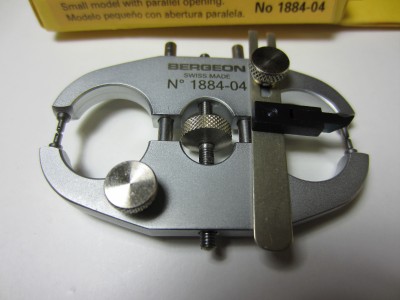Iíve no idea what your skill level or current capability is, but using these calipers is quite advanced. I have one but it rarely sees the light of day, mine was bought second-hand.
Best way to check train wheels is in the movement, far easier than fannying around with the caliper.
Unless a new balance staff has been fitted itís generally not necessary to start trying to correct poise errors in the balance.
Paul







 Reply With Quote
Reply With Quote
